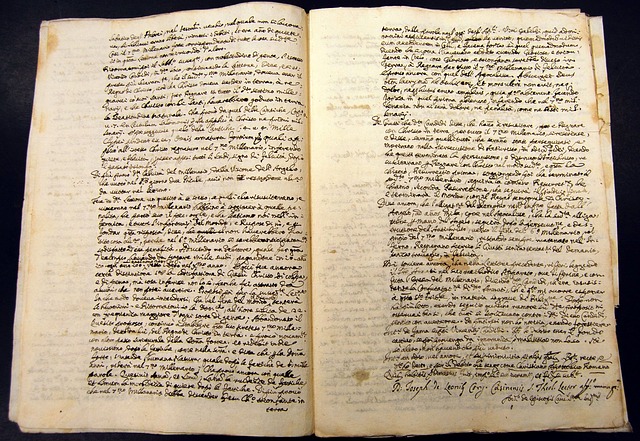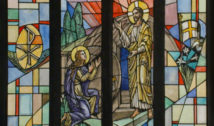
Ancient Document Shows Mix Of Islam And Christianity
- By C Barnett --
- 29 Apr 2018 --

The Document Dates Back To the Eighth Century AD
Dr. Eleonore Cellard, a French scholar, has made an “extraordinary” discovery when she searched for images concerning a palimpsest page sold by Christie’s about ten years back. She found shadowy outlines of some Bible passages behind an 8th century Qur’an manuscript. The historical artifact is right now the only one in existence where Christian texts have been erased so that Islamic holy text can be put in. Christie’s has dated this manuscript to Islam’s second century or 8th century AD as per the Gregorian calendar. The academician noticed Coptic letters faintly appear behind the existing Arabic text.
Ancient Document Shows Mix Of Islam And Christianity[/tweetthis]
Dr. Cellard contacted Christie’s. She and Christie’s in-house team of specialists managed to decipher the Coptic text. They found the content taken from the Book of Deuteronomy found in the Old Testament. It is a part of the Christian Old Testament and the Jewish Torah. Dr. Cellard, of College de France, stressed that this discovery is an important one when it comes to early Islamic history and the Qur’an. She said the document witnessed cultural interactions between the different religious communities present at that time.
A palimpsest is a kind of manuscript which has its original writing erased so that a new one could be written. Texts during the 8th century AD were mostly written on vellum and other similar animal skin parchments. Paper was yet to arrive during that time. Parchments were not only expensive but also took much time to make. Scholars during those times would save precious resources by scrubbing an existing script off the vellum. New texts would then be written on the now clean parchment. This palimpsest discovery is extraordinary in the sense that the Qur’an was invariably written on brand new parchment even though they were expensive. Such Qur’anic palimpsests are extremely rare.
The specialists at Christie’s opined the manuscript would probably have been crafted in Egypt. This was home to Coptic Christians when the Arabs invaded during the 8th century. Even though the writing style of the Arabic script dates it to the 8th century, it is hard to find out the age of the Coptic script without carbon dating. However, such a process could damage these thin fragments. It is thus an extremely valuable artifact from the time when Islam was in its infancy.



















